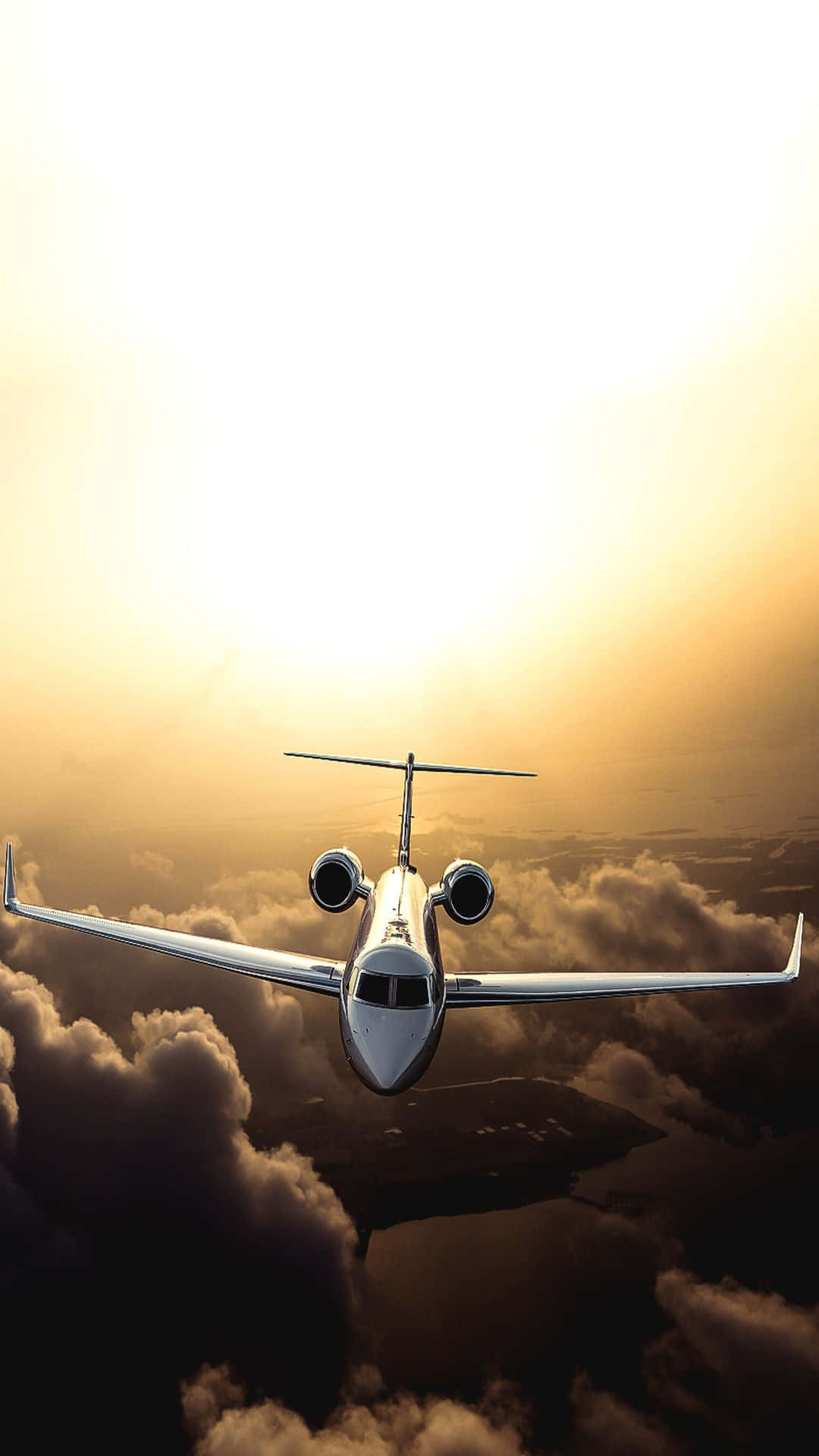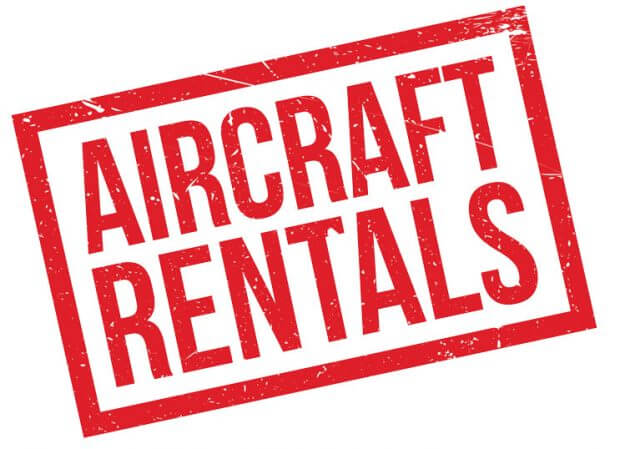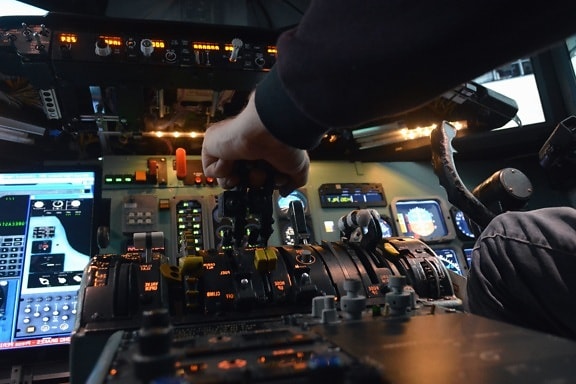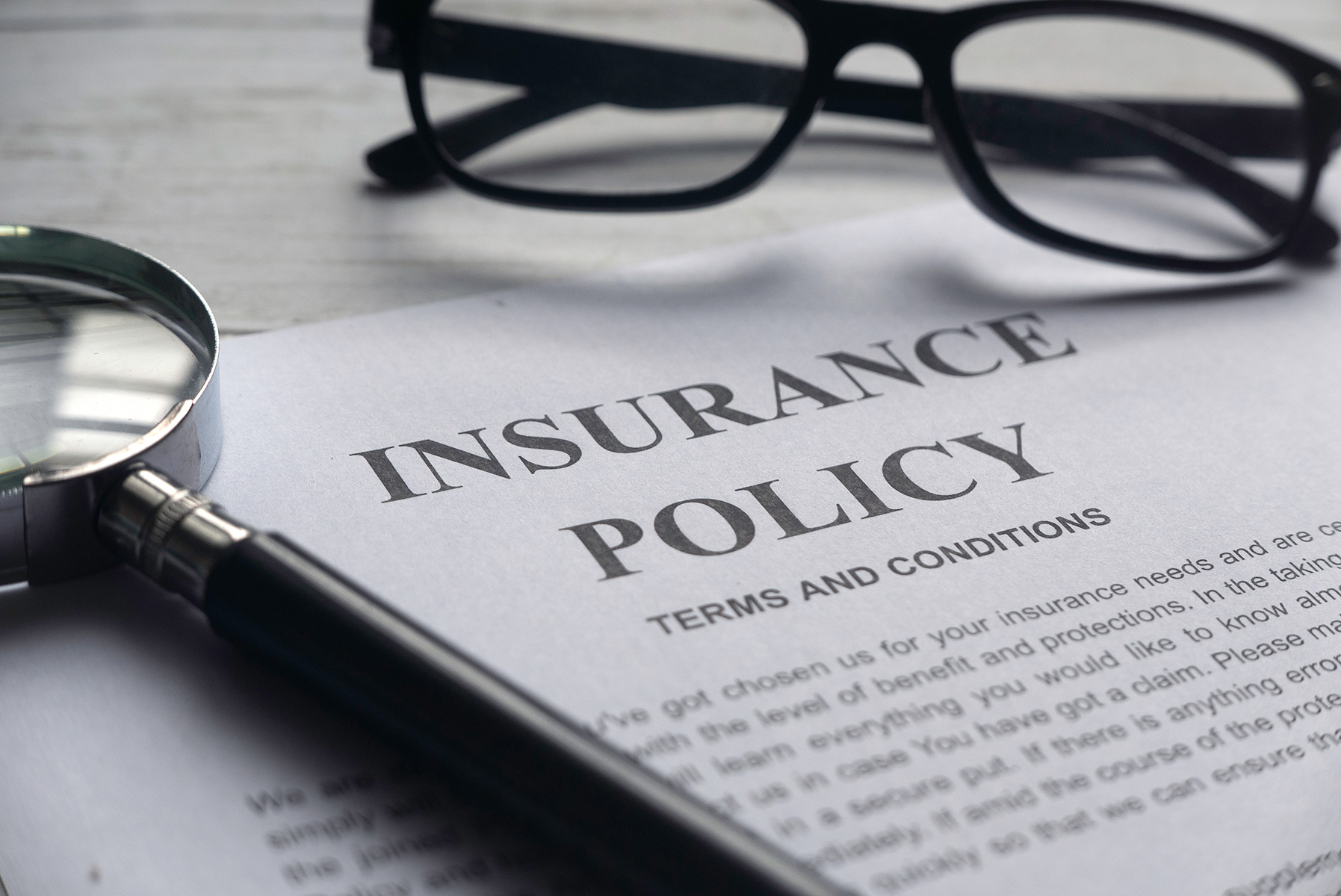Aircraft Renters Insurance Cost Guide
Navigating the world of aviation can be thrilling, offering the freedom to explore the skies and the beauty of flight. But before you take to the clouds as a renter, there's a crucial step to consider: securing aircraft renters insurance. This often-overlooked coverage is essential for protecting yourself and your assets while you're enjoying your time in the cockpit. It provides financial protection against potential liabilities and damages, ensuring a smoother and safer flying experience.

For those looking to rent an aircraft, understanding the ins and outs of aircraft renters insurance is vital. Beyond the sheer excitement of flying, the responsibility of operating an aircraft comes with potential risks. These risks can include damage to the aircraft itself, injuries to passengers, and even damage to property on the ground. Aircraft renters insurance is specifically designed to address these possibilities, shielding you from significant financial burdens that could arise from an accident or incident.
The primary goal of this article is to demystify aircraft renters insurance, especially focusing on the aircraft renters insurance cost. We'll delve into the different aspects of coverage, what influences the premiums, and provide you with valuable insights to make informed decisions. By the end, you'll be well-equipped to navigate the world of aviation insurance and fly with greater confidence and peace of mind.
Understanding Aircraft Renters Insurance: What Does It Cover?

Aircraft renters insurance offers a safety net for individuals renting and operating aircraft. It's designed to protect you from various financial risks associated with flying. Understanding the scope of coverage is the first step in choosing the right policy.
Liability Coverage: Protecting Against Third-Party Claims

Liability coverage is the most crucial component of aircraft renters insurance. It safeguards you against claims made by third parties who may have suffered bodily injury or property damage due to your operation of the aircraft. For example, if you accidentally damage another aircraft or injure someone on the ground, liability coverage helps cover legal fees, settlements, and other associated costs. The limits of liability coverage are a significant factor to consider when evaluating a policy. Higher limits generally offer greater protection but may increase the aircraft renters insurance cost.
Hull Coverage: Protecting the Aircraft You're Renting
Hull coverage provides protection for the aircraft you are renting itself. This coverage protects against damage to the aircraft resulting from various incidents, such as accidents, hard landings, or even certain weather-related events. While the aircraft owner typically carries hull insurance, it is important to know if your rental agreement requires you to cover the deductible or portion of any repairs. Having this knowledge can help you determine the appropriate coverage you need.
Medical Payments Coverage: Addressing Passenger Injuries

Medical payments coverage provides financial assistance for medical expenses incurred by passengers in the event of an accident. This coverage is often offered as a supplementary component of aircraft renters insurance, providing immediate financial relief to help cover medical bills and treatment costs, regardless of fault. This is a vital component for covering unexpected expenses and assisting those impacted in an accident.
Factors That Influence Aircraft Renters Insurance Cost

Several factors influence the cost of aircraft renters insurance premiums. Understanding these variables helps you to understand how the price is calculated and how to potentially reduce your premiums.
Pilot Experience and Flight Hours: The Key Driver

The pilot's experience and total flight hours are among the most significant factors determining insurance premiums. Insurers see experienced pilots with significant flight hours as less risky. Newer pilots with fewer flight hours generally face higher premiums due to the increased perceived risk. Insurance companies carefully assess your flight history, including the types of aircraft you've flown and any training certifications you hold.
Aircraft Type and Value: Risk Assessment Based on Aircraft

The type of aircraft you intend to rent significantly influences the aircraft renters insurance cost. Larger, more complex, and higher-value aircraft typically have higher premiums. This is because the potential for damage or the severity of an accident is greater. The value of the aircraft, which determines the amount of hull coverage, also plays a critical role. A more valuable aircraft will naturally require higher insurance premiums.
Coverage Limits and Deductibles: Balancing Protection and Cost
The coverage limits and deductibles you choose will directly impact your premium. Higher liability limits and lower deductibles offer greater protection but usually come with higher premiums. Conversely, opting for lower coverage limits or higher deductibles can help reduce your premium, but it also increases your out-of-pocket expenses in the event of a claim.
Geographic Location: Considering Regional Risks

Your geographic location also can impact the cost of your insurance. Regions prone to severe weather, high traffic density, or those with higher rates of aviation accidents may have higher premiums. Insurance companies assess the risk associated with different areas.
Finding the Right Aircraft Renters Insurance Policy: A Step-by-Step Guide
Finding the right policy requires careful consideration and research. It's essential to compare different options and choose coverage that meets your specific needs and budget.
Researching Insurance Providers: Comparing Options
Start by researching different insurance providers specializing in aviation insurance. Look for providers with a strong reputation, financial stability, and a good track record of customer service. Obtain quotes from multiple providers to compare rates and coverage options.
Understanding Your Needs: Evaluating Your Coverage Requirements
Assess your individual needs based on the types of aircraft you plan to rent, the frequency of your flights, and your level of experience. Consider the potential risks associated with your flying habits. Identify the specific coverage you need, paying close attention to liability limits, hull coverage, and any additional coverage you may require.
Comparing Quotes: Getting the Best Value
Carefully review the quotes from different insurance providers, comparing the premiums, coverage limits, deductibles, and policy terms. Look beyond the lowest premium. Focus on the level of protection and the quality of service offered. Choose a policy that provides the best value for your money.
Reviewing the Policy Details: Ensuring Comprehensive Coverage
Before committing to a policy, thoroughly review the policy details. Understand the terms, conditions, exclusions, and any specific requirements. Seek clarification from the insurer if you have any questions or concerns. Ensure the policy aligns with your needs and expectations.
Reducing Your Aircraft Renters Insurance Cost: Tips and Tricks

There are several strategies you can employ to potentially reduce your aircraft renters insurance cost without sacrificing essential coverage.
Increasing Flight Hours and Experience
One of the most effective ways to lower your premiums is to increase your flight hours and gain more experience. As you accumulate more flight hours, your perceived risk as a pilot decreases, which can lead to lower insurance premiums.
Maintaining a Clean Flying Record
Avoid any accidents, incidents, or violations, as these can negatively impact your insurance rates. A clean flying record demonstrates your commitment to safe flying practices and is viewed favorably by insurance providers.
Choosing Higher Deductibles
Opting for a higher deductible can reduce your premium. While this means you’ll be responsible for a larger portion of the costs in the event of a claim, it can significantly lower your upfront premium payments. Carefully consider your ability to cover the higher deductible if an incident occurs.
Seeking Discounts: Exploring Available Opportunities
Inquire about any available discounts, such as discounts for pilots with specific certifications, safety courses, or those who maintain a good safety record. Some insurance companies offer discounts for pilots affiliated with aviation organizations.
Common Misconceptions About Aircraft Renters Insurance
There are several common misconceptions about aircraft renters insurance that can lead to misunderstandings and poor decision-making.
"The Aircraft Owner's Insurance Covers Me": Dispelling the Myth
A common misconception is that the aircraft owner's insurance automatically covers renters. While the aircraft owner has insurance, it typically protects the owner's interests. Renters need their own policy to protect themselves from liability and potential damages.
"I'm a Safe Pilot, So I Don't Need It": The Importance of Risk Mitigation
Even experienced and safety-conscious pilots can be involved in accidents. Unexpected events can occur. Aircraft renters insurance is crucial to protect you from the financial consequences of unforeseen incidents.
"It's Too Expensive": Balancing Costs and Benefits
While the cost of aircraft renters insurance is an important factor, the potential financial protection it offers far outweighs the cost. Consider the potential expenses you could face if an accident or incident occurs and weigh it against the relatively modest cost of insurance.
The Value of Professional Advice
Consulting with an experienced aviation insurance broker can be invaluable. A broker will help you navigate the complexities of insurance policies, and assess your needs.
Benefits of Working with an Aviation Insurance Broker
An experienced broker will understand the nuances of aviation insurance and can provide you with expert guidance. They can help you compare different policies, negotiate favorable terms, and ensure you have the appropriate coverage. Brokers often have access to multiple insurance providers, giving them the ability to find the best rates and coverage options for your specific situation.
Finding a Reputable Broker: Key Considerations
When selecting a broker, look for someone with extensive experience in aviation insurance and a strong reputation. Check for positive customer reviews and ensure the broker is licensed and authorized to sell insurance in your area. Ask for references and testimonials from other pilots.
Conclusion
Securing the right aircraft renters insurance is an essential part of responsible aviation. Throughout this guide, we've discussed the importance of this coverage, what it protects, and how to choose a policy that fits your needs. Understanding the aircraft renters insurance cost is crucial for making informed decisions.
By understanding the factors that influence premiums, exploring options for lowering costs, and dispelling common misconceptions, you can confidently navigate the world of aviation insurance. Remember to prioritize your safety and the safety of others while flying. Selecting the proper insurance provides financial peace of mind, so you can focus on the thrill of flight. Consider speaking with an aviation insurance broker for expert advice, which can help you find the best coverage and ensure a safe and enjoyable experience. Happy flying!

